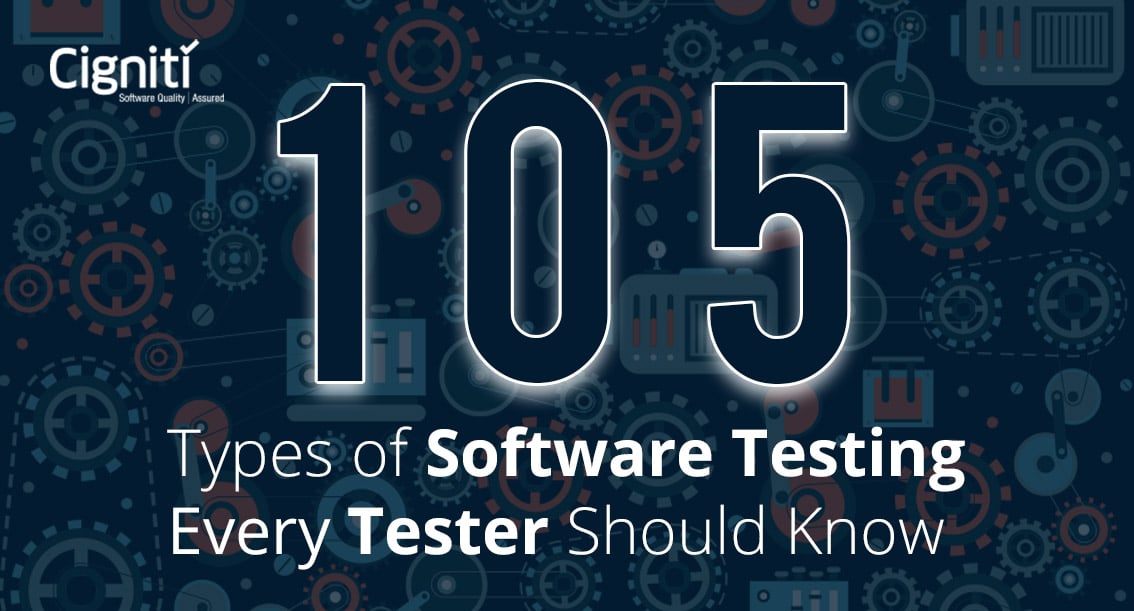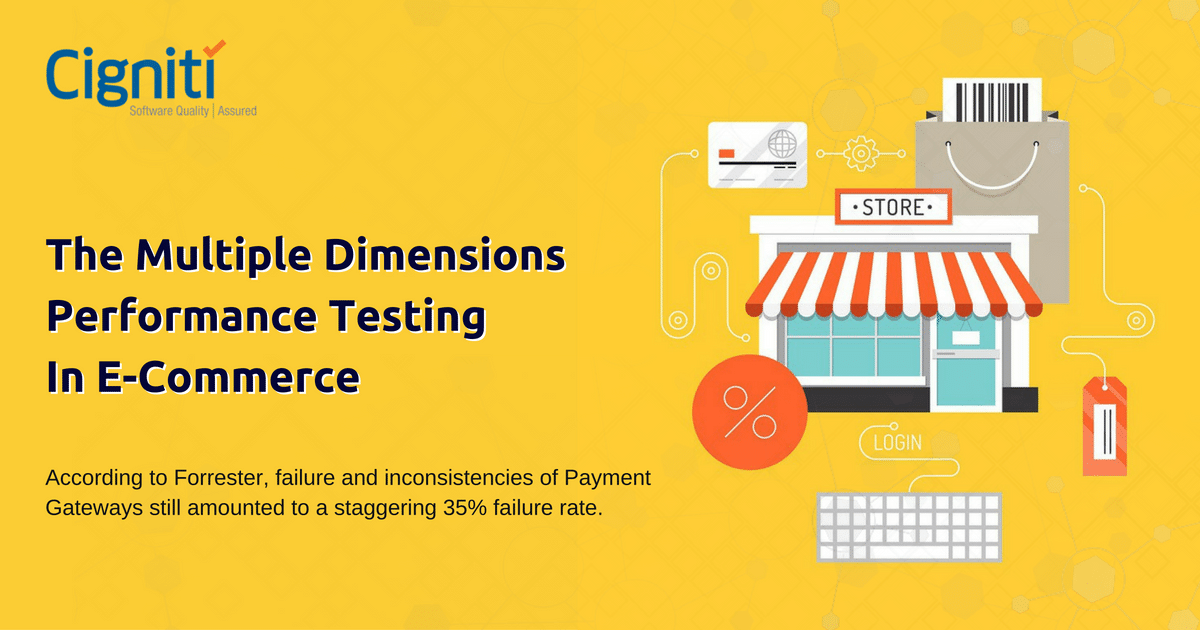BEWARE! Software failures to watch out for in 2019
|
Listen on the go!
|
The recent history or backdrop of software failures has been intriguing and thoroughly engaging for each one of us. Diverse industries and businesses across the globe have been witnessing an upheaval within their regular business functions due to these undesirable developments. Some of these disturbances have been due to internal malfunction and some due to the growing interruptions caused by external agencies with malicious intentions. The year 2018 further reinforced the theory with increasing number of IT-related failures that occurred universally and unapologetically across every industry.
Wolfgang Platz Founder & Chief Strategy Officer, Tricentis, in his note for the report Software Fail Watch states, ‘Analyst reports like the Gartner Magic Quadrant for Test Automation make it clear that legacy tools can no longer keep pace with software development. A new era is upon us: one that requires us to rethink our software testing strategies, tool stacks, and priorities, and reimagine what we can accomplish in the software industry.’
This calls for a serious reality check on the traditional methodologies and concepts of software development and testing. It is invariably an inexcusable truth for the software testing experts to keep evolving and stay a step ahead in this game. The kind of damage that software failures, glitches, and other IT hiccups have caused across every industry is absolutely astonishing and alarming at the same time.
In the case of automakers, you might want to refer to the report by AlixPartners. It states that the number of recalls required to fix defects in vehicle electronic/electrical systems has grown 30 percent per year during the past few years. The problems with vehicle electronics continued unabated throughout 2018. Similarly, in a recent event, IT failures hit the criminal courts across England and Wales, and as a result it restricted access to crucial computer systems, resulting in chaos and possibly months of delay.
Cases of reputation and financial losses have touched upon every other industry, whether it is Airlines, Automakers, Communications, Cybercrime, Financial Institutions and Markets, Government offices, Healthcare sector, or the retail segment. Hence, the threat looms over every segment and kind of business. The stakes are high, as millions of people are at risk if these hiccups, breaches, and failures continue to haunt us.
What we need to understand as an industry are the trends that we can sight from these experiences and learnings over the last few years and prepare for what lies ahead of us.
Gauging the trends in software failures, hiccups, glitches, and more.
Have you or has your industry been recently affected by a software failure or an external breach? If yes, you know the threats and even if you have not, you are aware of the risks and the damage that it can cost you. Just to quote a number, the Tricentis report has stated the number as ‘3,683,212,665’ people being affected universally and the losses from software failure as ‘USD 1,715,430,778,504’. The picture is clear, the stakes are high!
According to the report, ‘the software fail stories we record are split into one of three categories: software bugs, security vulnerabilities, and usability glitches. The first, and most common, is a software bug: an instance in which a software application fails to work as intended. The second type is a security vulnerability: a flaw that attackers can exploit to alter a system’s behavior or steal data. The third and final is a usability glitch: a software design flaw that decreases the product or application’s “ease of use” – in many cases, rendering the product unusable.’
Hence, here are some trends that we could foresee after referring to some similar reports and even the news flashes that keep haunting us consistently.
Performance Glitches
There have been numerous instances when companies have launched products or released software upgrades, however, the expected performance parameters have not been met. Rather in some cases, it results in security breaches caused by a flaw within the software. In a recent news report, Apple sent a warning to its users advising them to update their devices right away after developers found a bug that could let hackers access the FaceTime app – and even make calls.
As per the news report, ‘The tech giant revealed the worrying glitch as it launched its latest operating system – iOS 12.1.3 for the iPhone, iPad and HomePod.’ These kind of glitches are expected to increase in this era of digital transformation and excessive exploration of digital platforms. While that’s a concern, hackers are constantly on the lookout for loopholes in order to take its undue advantage and probe further.
Social Media Hacks!
The year 2018 has witnessed clashes between social media giants and government bodies. Facebook was accused of allowing a data analysis firm to harvest data of about millions of users under the guise of a research app, which was never anonymized and was subsequently used to build voter profiles. Facebook eventually confessed that Cambridge Analytica had gathered data on over 87 million people, without the consent of the vast majority.
Sourcing sensitive user data from popular and widely accessed social media platforms is a threat that’s only going to increase over a period of time. Social hotspots such as Twitter, Instagram, Google platforms, and more will get dug up for some loopholes to spoon out sensitive user information.
Not in sync with the Legacy Systems
This could be one of the most chronic issues faced by established entities who are in the process of harnessing new and better software systems. The integration issues might occur due to ineffective migration process, which might result in data loss or malfunctioning of the overall system.
This can be disappointing for organizations who end up investing finances and resources to bring up their legacy system up to speed in this digital age. These challenges are bound to intensify as well, as more and more organizations will have to embrace various digital platforms for better performance and growth prospects.
Speaking of new and evolving software testing practices, Artificial Intelligence and Machine Learning is being increasingly considered for automating the testing process. The idea is to automate the repetitive task and shift the real focus on aspects such as scalability, security, vulnerability assessment, usability, and performance. These factors will enable organizations to make their business applications and software stronger and market-ready.





Leave a Reply